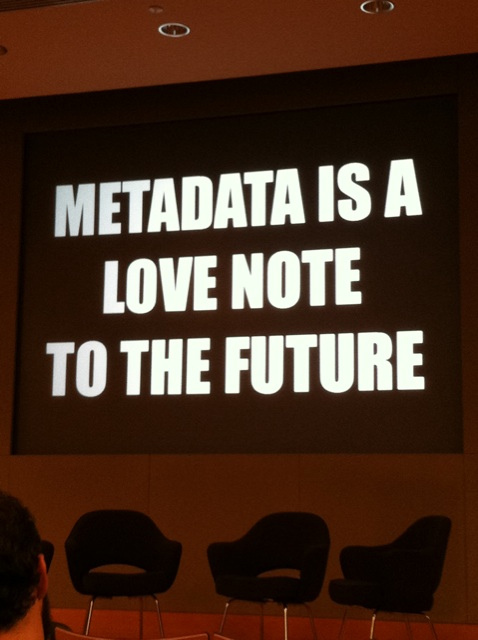OPIDoR

What has hundreds of heads, 91,000 affiliations, and roars like a lion? If you guessed the Research Organization Registry community, you’d be absolutely right!
The first ROR prototype
The Research Organization Registry (ROR) is finally here! We’re thrilled to officially announce the launch of our ROR MVR (minimum viable registry). The MVR consists of the following components, which are ready for anyone to use right now.
ROR IDs: Starting with seed data from GRID, ROR has begun assigning unique identifiers to approximately 91,000 organizations in its registry. ROR IDs include a random, unique, and opaque 9-character string and are expressed as URLs that resolve to the organization’s record. For instance, here is the ROR ID for Inist: https://ror.org/02mn0vt57
Search: We also built a search interface to look up organizations in the registry: https://ror.org/search.
ROR records: ROR IDs are stored with additional metadata about the organization, such as alternate names/abbreviations, external URLs (e.g., an organization’s official website), and other identifiers, such as Wikidata, ISNI, and the Open Funder Registry. This metadata will allow ROR to be interoperable with other identifiers and across different systems. The current schema is based on GRID’s dataset and we plan to incorporate other metadata fields over time and according to community needs.
API: The ROR API is now public. You can access the JSON files at https://api.ror.org/organizations.
OpenRefine reconciler: We’ve released an OpenRefine reconciler that can map your internal identifiers to ROR identifiers: https://github.com/ror-community/ror-reconciler.
Documentation: We have begun storing documentation on Github and will be adding more as we go along. Please feel free to follow and contribute: https://github.com/ror-community.
FAQs about ROR
What is the criteria for being listed in ROR? What is a “research organization”?
We define the notion of “research organization” quite broadly as any organization that conducts, produces, manages, or touches research. This is in line with ROR’s stated scope, which is to address the affiliation use case and be able to identify which organizations are associated with which research outputs. We use “affiliation” to describe any formal relationship between a researcher and an organization associated with researchers, including but not limited to their employer, educator, funder, or scholarly society.
Will ROR map organizational hierarchies?
No – ROR is focused on being a top-level registry of organizations so we can address the fundamental affiliation use case, and provide a critical source of metadata that can interoperate with other institutional identifiers.
ROR IDs are cool – what can I do with them?
Now that we have built our MVR, we will be working to incorporate ROR IDs into relevant pieces of the scholarly communication infrastructure. If you are a publisher, funder, metadata provider, research office, or anyone else interested in capturing affiliations, please get in touch with us to discuss how we might coordinate. If you are a developer, you are welcome to start playing around with the API: https://api.ror.org/organizations.
There’s an error in my organization’s ROR record — can you fix it?
For the time being, please email info@ror.org to request an update to an existing record in ROR or request that a new record be added. We will formalize our data management policies and procedures in the next stage of the project.
What is ROR’s relationship to other organizational identifiers?
For ROR to be useful, it needs to augment the current offerings in a way that is open, trusted, complementary, and collaborative, and not intentionally competitive. We are committed to providing a service that the community finds helpful and not duplicative, and enables as many connections as possible between organization records across systems.
I have my own dataset of institutional affiliations — can I give it to ROR?
We are always happy to hear about other efforts to capture affiliation data. Please get in touch with us to discuss how we might coordinate.
Can ROR support multiple languages and character sets?
GRID already supports multiple languages and character sets, so by extension ROR will have this enabled as well. Here is one example: https://ror.org/01k4yrm29.
How will ROR handle curation, i.e., updating records if an organization changes its name or ceases to exist?
N.B. You can access the existing code in Github: https://github.com/ror-community


